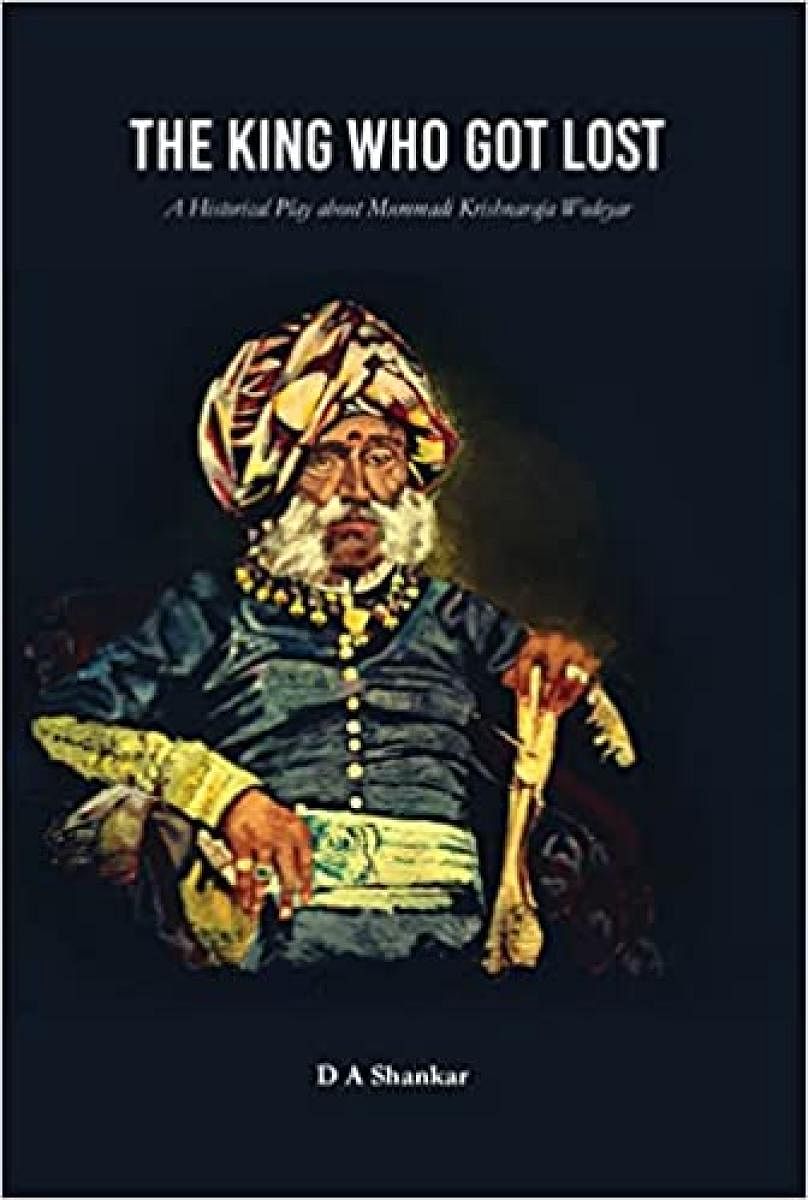
Palace politics is always of interest because with it comes not just the drama of family but also of power and authority. The King Who Got Lost narrates the story of Mummadi Krishnaraja Wodeyar by keeping Dewan Purnaiah in the lead. Though the play does not offer any new historical insights, it manages to narrate effectively how a young boy gains power and almost loses it to mismanagement. It is the reader’s job, perhaps, to pick this book up as an informed audience.
The use of voices over direct characters appears to be a new style of dialogue writing. Spread across 10 scenes, the play steers clear of any deep analysis of real events. Instead, it displays before us the consequences that the kingdom of Mysore encountered and experienced when powerful individuals worked to secure for themselves permanent positions at the court. Characters in this play work through episodes, and each episode begins and ends abruptly. Although numerous characters make their ephemeral presence, they still maintain continuity in the narration.
Young Mummadi’s flamboyant and philandering nature consumes the entire plot, while the role of the British in the kingdom’s administration and the common people’s sufferings are dealt with very briefly. To begin with, we see a young Mummadi who is being told by the experienced Purnaiah that in learning to manage a wayward horse, one learns to manage the kingdom as well. Dialogues such as these run throughout the play which, after a point, become prosaic.
The conversations between Purnaiah and the representatives of the British administration give a fillip to the drama of palace politics. Meanwhile, the schemes of Mummadi’s wife, against her disloyal husband, seem like a feeble attempt at elaborating the king’s extravagant lifestyle. Mummadi’s financial mismanagement is discussed through the wanting of rations within the palace and the kingdom at large. Shankar has used this interaction to fleetingly address caste politics too.
The uprising against the British administration is presented through a handful of characters. It is intermixed with religion, and the hatred towards the foreign authority is expressed through the opposing of Mummadi’s regime. The play does not delve deep into the emotional disturbances of the characters, not even the significant ones. One would expect a court jester to break the monotony and lighten the grave scenes. But the jester, Naranappa, only adds to the banality of the dialogues.
Centred around Mummadi’s life, a reader would expect a wider window to peek into the young king’s life. However, one has to wait for many pages to get to the scenes where Mummadi becomes a significant speaker. This is a little exasperating. It, in fact, reflects an academic’s spirit where he feels compelled to give multiple elements to the readers.
The play ends with different voices speaking to the now-old Mummadi. The regret and the introspection are compactly packed in a single scene. This scene, although a concluding one, stands out because of its intelligent showcase of the different emotions that a failed king is experiencing.
The play would have benefited from a tighter storyline and thus falls short of being as riveting as it could perhaps have been. The synoptic view of the book claims it to be a captivating premise of a historical play. However, it fails somewhat in this aspect and the execution of its narrative is rather disappointing.